What is a Flow and Load Survey?
Flow and Load surveys are essential for understanding the hydraulic and pollutant load entering wastewater treatment works, storm tanks, and catchment areas. These studies provide water companies and public authorities with the accurate, high-resolution data needed to plan infrastructure, optimise treatment capacity, and meet regulatory requirements.
EMS delivers Flow and Load surveys for municipal and regulated utilities- from survey design and installation through to data collection, analysis, and reporting – helping you build evidence for AMP, PR24, DWMPs, and WINEP schemes.
Menu of Services
- Feasibility assessment and scoping
- Catchment characterisation
- Equipment specification and deployment
- Flow monitoring (temporary and permanent)
- Load monitoring and composite sampling
- Laboratory analysis (COD, BOD, ammonia, etc.)
- Data validation and QA/QC
- Regulatory reporting
- Long-term trends and performance insights
- Support for WINEP, AMP and DWMPs







